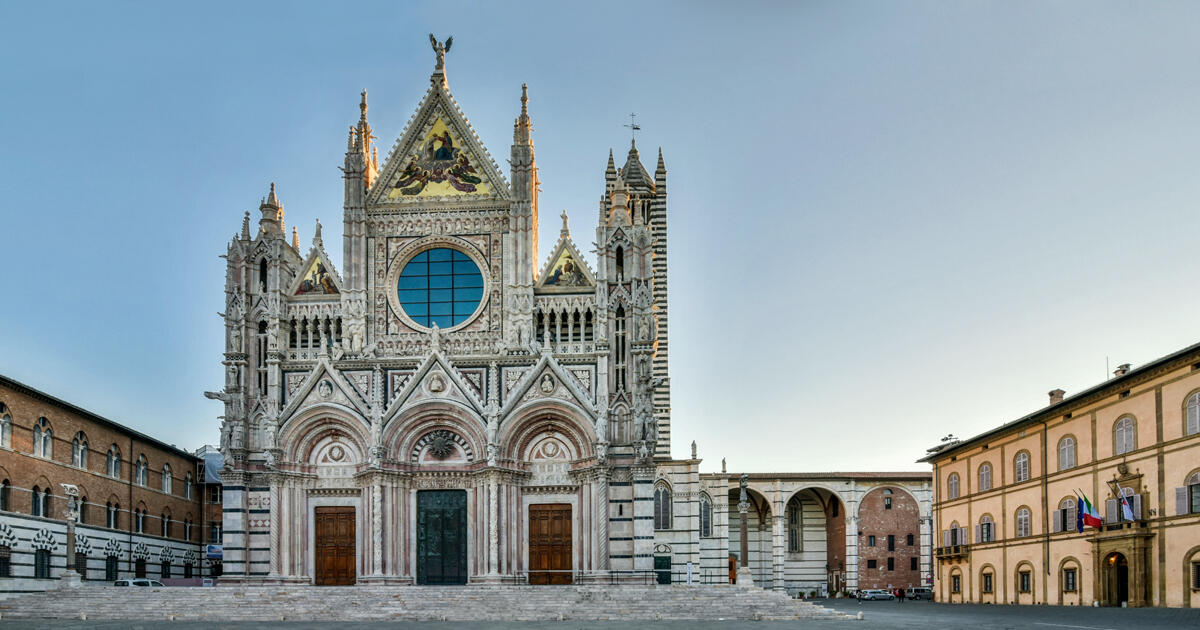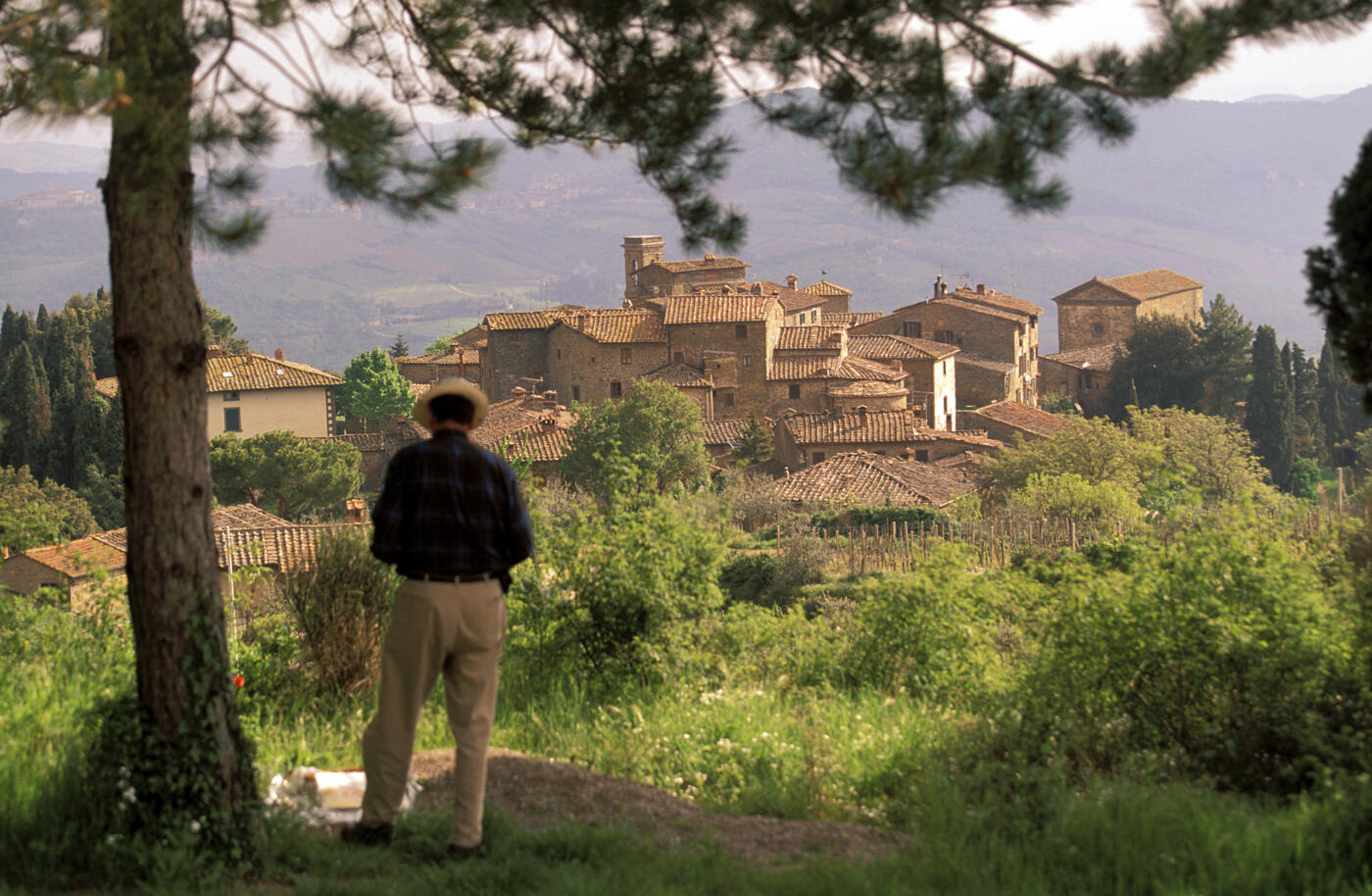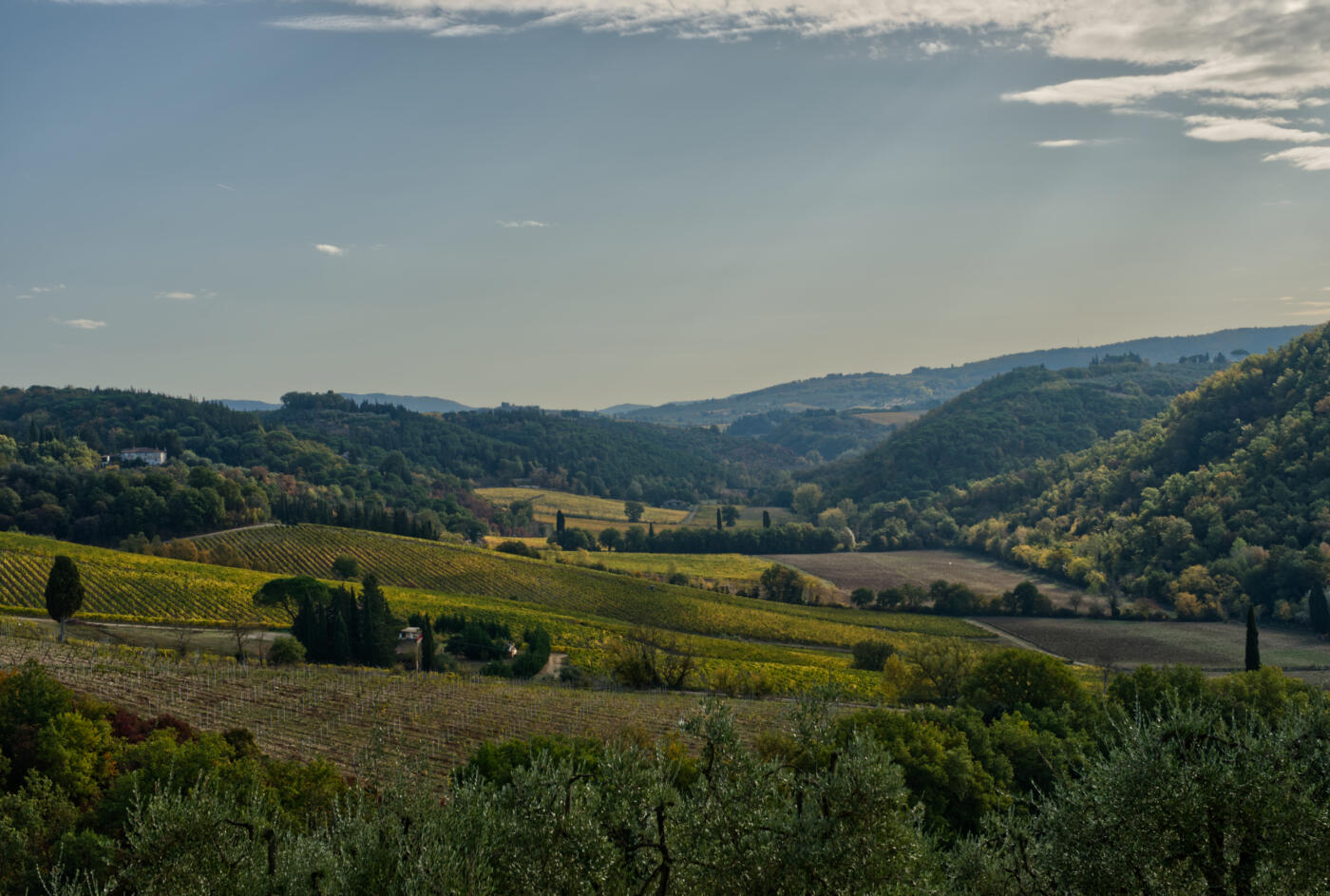We use cookies to help you navigate efficiently and perform certain functions. You will find detailed information about all cookies under each consent category below.
The cookies that are categorized as "Necessary" are stored on your browser as they are essential for enabling the basic functionalities of the site. ...
Necessary cookies are required to enable the basic features of this site, such as providing secure log-in or adjusting your consent preferences. These cookies do not store any personally identifiable data.
Functional cookies help perform certain functionalities like sharing the content of the website on social media platforms, collecting feedback, and other third-party features.
Analytical cookies are used to understand how visitors interact with the website. These cookies help provide information on metrics such as the number of visitors, bounce rate, traffic source, etc.
Performance cookies are used to understand and analyze the key performance indexes of the website which helps in delivering a better user experience for the visitors.
Advertisement cookies are used to provide visitors with customized advertisements based on the pages you visited previously and to analyze the effectiveness of the ad campaigns.
This itinerary has been specially designed for those who are passionate about art, culture and especially fine wines. The route connecting Florence with Siena traverses one of the most captivating yet untamed wine regions, a place where vineyards coexist with a whole variety of plant life. Quite unlike the more industrialised wine regions we are accustomed to seeing, which often leave minimal space free from vineyards, this area still maintains some aspects of biodiversity. From this perspective, the Chianti Classico region not only offers truly memorable experiences, but also the occasional run-in with local wildlife, as you may find yourself crossing paths with the odd wild boar (bear this in mind when driving!). Along the way, you’ll discover a succession of charming villages, castles and wineries, as well as shops selling local delicacies and typical restaurants, or trattorias. There has to be a good reason to explain why the world and his wife have fallen head over heels in love with this area, and what attracted myriads of people to settle down here: by the end of this trip, we think you’ll understand just why they’ve chosen to do so. We begin our adventure in Pontassieve, just outside Florence, in an area that is geographically linked with Chianti, namely Rufina. The first historical residence we are going to visit is Tenuta Bossi, a winery owned by the Gondi family, who cultivate olives in Volmiano and produce Chianti Rufina and extra virgin olive oil. It is possible to stay overnight in one of the seven agriturismo apartments and to participate in guided tours of the ancient cellars. The estate also organises wine and oil tasting sessions, and hosts private events.
After exploring the centre of Pontassieve and admiring the perfectly preserved Medici bridge that connects the old village with the district of San Francesco di Pelago, follow the Arno River in the direction of Florence. It’s well worth spending some time visiting a very special garden, the Enzo Pazzagli Art Park, where 250 contemporary artworks are displayed in an open-air setting. Bypass the city centre—that’s a whole other itinerary—and cross the Varlungo bridge to Tavarnuzze, where you will discover Villa Le Rose, a 15th-century Medici noble residence, built at the behest of Marquis Niccolò Antinori. Today, it serves as a venue for private events and is a luxurious retreat in the Florentine hills, complete with a swimming pool.

Continuing on to Ponte a Ema, cycling enthusiasts can celebrate the legacy of one of the greatest champions in world history by checking out the Gino Bartali Cycling Museum. Next, follow regional road 222 (the SR222), also known as the ‘Chiantigiana’, which will lead you deep into the Chianti Classico Docg region, the consortium of which is represented by the symbol of the Black Rooster, which appears on the labels of the bottles. This emblem initially represented Florentine victories over the Sienese and now signifies the entire territory that was so hotly disputed between the two cities at the end of the 14th century. The story goes as follows: to prevent further conflict, a competition was held between two knights who, starting out from their respective cities, would establish the boundary point at the place where they met. It was therefore imperative to cover as much ground as possible in order to claim the largest stretch of land. In addition to the knights’ skills, the departure time, set by the crowing of the rooster, was critical. The wily Florentines chose a rustic black rooster and kept it hungry overnight, ensuring it crowed before dawn while it was still dark, thereby giving their knight the much-needed advantage to secure most of the Chianti region. Our route now departs away from the regional road; take provincial road 56 and drive to Santo Stefano a Tizzano and Villa di Tizzano, the home of the Pandolfini Counts. This historical residence comprises a large complex that includes the Villa, a tower, a romantic park, a French garden and an outdoor swimming pool surrounded by olive trees, complete with a solarium, barbecue area and a panoramic terrace. Given the beauty of the estate and the context in which it lies, the Villa has become a highly sought-after boutique hotel and venue for private events and ceremonies. Continue along the same provincial road to the village of Impruneta, renowned for its clay craftsmanship (known as ‘cotto di Impruneta’), where the Castello di Cafaggio is situated. This historic home was built in the 12th century and belongs to the Benci family. Today, this exclusive property set within a vast estate houses the organic farming business of Cafaggio, which produces wine and extra virgin olive oil. The Castle operates as a delightful agriturismo guesthouse, conveniently located close to Florence. Our subsequent destination is Passo dei Pecorai and Castello Vicchiomaggio, a charming relais and long-established winery in the Chianti Classico area, owned by the Matta family. Visitors are welcome to stay overnight, enjoy meals under secular holm oak trees, take guided tours of the historic cellars and sample the wines. Just ten minutes away is another ancient fortress, Castello di Verrazzano, the birthplace of navigator Giovanni da Verrazzano, who discovered what is now New York Harbour and after whom the bridge which marks the start of the world’s most prestigious marathon is named. It is now owned by the Ridolfi Marquesses, who have fully restored the villa to its former glory and, as in customary Chianti Classico style, produce their own wine. A highlight of visiting the castle is the tour of the 16th-century cellars used for ageing wine in Slavonian oak barrels. Guest accommodation is available in the Foresteria Casanova.

Our itinerary now takes us to two of the main centres in the Chianti region: firstly, Greve in Chianti, where there is the ancient San Francesco convent and the Museum of Sacred Art, then the village of Panzano in Chianti. Choosing this path is also somewhat guided by an interest in all things gastronomic, or to be more specific, ‘la ciccia’ (a colloquial term that translates as ‘high-quality cuts of meat’). Greve is particularly known for the Antica Macelleria Falorni, which has put the town on the map, a butcher’s shop with a bistro next door, while Panzano is now famed for being the location of the Antica Macelleria Cecchini. Dario Cecchini is a butcher and poet who gained international attention during the mad cow disease crisis in the late 1990s, when he made headlines for declaring the ‘funeral of the steak’. Across the road from his butcher’s shop is the convivial Officina della Bistecca. After satisfying your hunger, proceed to Villa Le Barone, which belongs to the Della Robbia family. This four-star hotel has a heated swimming pool and the Il Torchio restaurant, which is inside the old cellar and offers outdoor seating during the warmer months of the year. Head to the Abbey of San Michele Arcangelo in Passignano, and on to Castello Il Palagio, an ancient fortress and medieval castle from the 1200s that was the scene of countless battles between Florence and Siena. The atmosphere could not be more different nowadays, as the Castello serves as a wonderful setting for weddings and private events. Further along provincial road 92, you will arrive at Castello Sonnino in Montespertoli. Just outside the Chianti Classico area, this is a region which likewise produces high-quality Chianti Docg wines. The estate is the property of the de Renzis Sonnino Barons, and the historical library and archive of Baron Sidney Sonnino, a former Prime Minister during the Great War, are preserved here. Guests can stay overnight at the castle, which also hosts private events and weddings. The next village on our route is Certaldo, where writer and poet Boccaccio was born. While you are here, you can explore his house-museum and the Church of Saints Jacopo and Filippo, where the 14th-century humanist’s remains are buried. At this stage, you will need to take a half-hour detour to pay a visit to San Gimignano, another notable wine-producing region, which features Vernaccia di San Gimignano Docg among its offerings, as well as fourteen towers that have managed to stand the test of time (there were originally more than seventy). Take full advantage of San Gimignano and enjoy a meal at the Osteria del Carcere before driving towards Poggibonsi in the Valdelsa area, where high-quality glass is produced.

At Villa Cusona you will be able to inspect Tenute Guicciardini Strozzi, a prominent winery that has locations along the Tuscan coast in Bolgheri and Scansano. The time has come to return to Chianti Classico for the last three residences of this itinerary. After crossing Colle Val d’Elsa, you will reach Castellina in Chianti, where the wine resort Castello di Fonterutoli is located. Owned by the Mazzei family for 24 generations, the borgo still maintains its medieval charm and the ancient activities practiced in the hamlet coexist today thanks to the presence of an albergo diffuso (a form of ‘dispersed hotel’, with accommodation spread out across multiple buildings and houses). The Castello boasts the Mazzei winery and the delightful Osteria di Fonterutoli restaurant. Be sure to include time for the area in and around Castellina in Chianti, with a classic photo opportunity at the statue of the Black Rooster, together with Radda and Gaiole, before embarking on the legendary road to Castello di Brolio, owned by the Ricasoli Barons. The vintage cycling event Eroica was born at this very spot, and it is also the site of the oldest active winery in Italy, as wine has been produced here since 1141. Baron Bettino Ricasoli was heralded as being the man to have ‘invented’ Chianti in 1872, when he chose to place the focus on the local grapes, in particular the Sangiovese Grosso variety. Siena is within your sights now, as you travel along provincial road 408, entering the city through the Porta Camollia gate. Go past the Giardini La Lizza gardens and the Artemio Franchi stadium, close to which the historical residence Palazzo Coli Bizzarrini is positioned. This Renaissance architectural gem built at the beginning of the 1500s would be the perfect place to stay while exploring Siena, before setting off on the successive leg of our journey through the Val d’Orcia. While here, though, culture is decidedly the order of the day. Don’t miss the simply stunning Cathedral of Santa Maria Assunta, which contains incredible sculptures and the magnificently frescoed Piccolomini Library. Ambrogio Lorenzetti’s ‘Allegory of Good and Bad Government’ from 1338 can be viewed at Palazzo Pubblico. The Pinacoteca Nazionale (the National Art Gallery), the State Archives and the Chigiana Music Academy—the final residence of musicologist Count Guido Chigi Saracini, which showcases his eclectic collection of art and ancient musical instruments —all offer unique glimpses into this extraordinary city.
